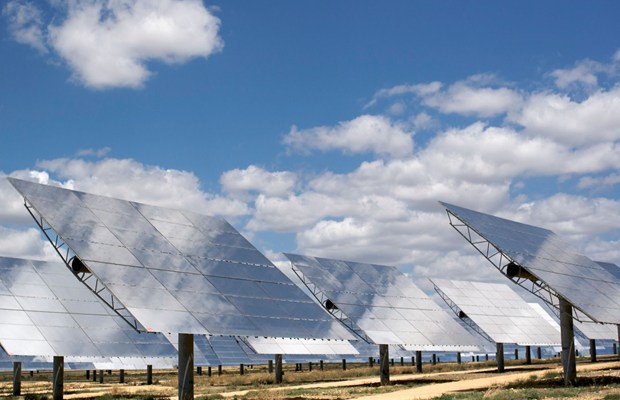
Here’s a staggering fact! Last year, a new global record of more than $329 billion in clean energy investments was set and $56 billion of the investment happened in the United States.
The thriving renewable energy industry has the potential to solve the nation’s dependence on non-environmentally friendly fossil fuels. However, as one major problem is solved, another one is created – how to store all the excess energy that is generated.
Experts want to harness and store the excess energy for use when it is most needed. That would lessen the demand on electric grids at peak periods and during emergencies. It would also reduce energy costs. That possibility has drawn the attention of public officials at every level of government. Governmental entities are eager to collaborate with the private sector to find energy storage solutions and many are engaging in public-private partnerships (P3s/PPPs) because of the cost reductions.
Energy storage technology includes batteries, flywheel systems, pumped hydro energy storage, compressed air energy storage, etc. Now that renewable energy is affordable, particularly wind and solar energy, the industry impetus is focused on technology that addresses energy storage and transfer to electric grids.
In June, the White House introduced a variety of energy storage initiatives. Federal officials reported that 16 developers and power companies in eight states have announced new storage procurement and deployment targets through 2021. And, investors have announced $130 million in new funding commitments for energy storage projects. These initiatives could lead to approximately $1 billion in investments in energy storage, according to federal officials.
In Indiana, a $1 million research grant from an energy producer is related to energy storage. State officials are hopeful the partnership between the state and the power producer will encourage other such public-private partnerships. The goal is to help the state become less reliant on energy from fossil fuels and to reduce the cost of production and use of renewable energy.
California State University (CSU) is planning the nation’s largest battery storage project on a university campus. Another example of a P3, the project includes the university and a private-sector firm that provides energy storage systems. The first of what is expected to be several such projects in the CSU System will result in the private firm installing and operating a 1 Megawatt energy storage system at Cal State Long Beach. CSU officials expect to reduce the university system’s electric utility costs by more than $3.3 million.
Texas is a leading wind energy generation state. Wind turbines can be seen throughout the state and more are anticipated in the near future.
With renewable energy production costs declining and the market expanding, the need for energy storage solutions is increasing. One international research firm that is tracking energy storage projects expected to be commissioned in 2016 has predicted grid-connected energy storage will double globally, 45 percent of which will be in this country.
Storage capacity will be needed as long as the number of renewable projects continues to grow. An Iowa utility company has been granted approval by the state’s utility board to construct the state’s largest renewable energy endeavor – a $3.6 billion, 1,000-turbine wind project.
With the widespread expansion of the energy storage market, an industry that lends itself to collaborative efforts between the public and private sectors, 2016 will be another exceptional year for renewable energy projects. And, when one thinks about it…scrambling to find ways to store excess energy is actually a very good thing!

